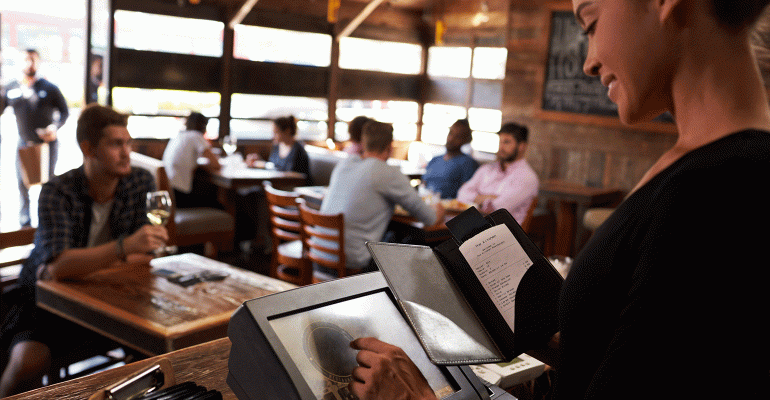 This post is part of the On the Margin blog.
This post is part of the On the Margin blog.
Traffic at restaurant chains has been increasingly problematic in recent years, and has fallen at least 4.2 percent on a two-year basis in four of the past five months, according to MillerPulse.
One reason for the decline is that consumers are broadening their spending, especially at dine-in concepts where prices are higher.
The beneficiary of this is the independent restaurant. As my colleague Lisa Jennings reported last week, independents are expected to gain market share in the coming years, and will grow at a higher rate.
To be sure, it’s difficult to truly get a handle on shifts in the independent market, and there’s some disagreement among experts as to whether independents are really gaining market share.
But there are five reasons why I think independents can get a leg up on chains for the first time in many years:
1. Younger people like local. This cannot be emphasized enough. Large chains can tout their local ingredients all they want, but they will have only so much credibility with consumers. Independents have no such problem. “Millennials are the largest customer base out there,” small business advocate Rhonda Abrams said at the NRA Show, “and they like to shop local.”
2. Chain profit pressures. If chains are losing share, a lot of it is their own doing. Over the past decade, many chains have relied on discounts and lower-cost items to get customers in the door. But they’ve also faced higher food and labor costs in the process. So what to they do? Cut food quality, portion sizes or service. And the worst ones delay maintenance on buildings. Consumers notice these issues over time, and they opt to go elsewhere.
3. Television. I have a confession: My family loves watching "Diners, Drive-ins and Dives" on Food Network, so much so that we will routinely seek out restaurants in Minnesota that the show features. There are countless other shows on Food Network, Cooking Channel and other channels highlighting interesting local restaurants. Much like HGTV has impacted the way consumers buy houses, Food Network has impacted the way diners pick restaurants.
4. Delivery. Consumers clearly want food to be delivered directly to them. It’s the biggest single trend in the industry, and every decent executive in the business is at least studying the issue. But I still say that delivery favors the independent restaurant. Diners have demonstrated a willingness to pay higher prices for local cuisine. And delivery wipes out the convenience advantage that many chains enjoy, particularly in the casual-dining segment.
5. Social media. Ratings services and social media word-of-mouth advertising are erasing the messaging advantage that chains have historically boasted. Reviews on Google and Yelp remove the risk factor associated with picking an unknown local restaurant. Social media spreads the word about these restaurants more efficiently. Abrams highlighted a number of strategies innovative local concepts have used to get nearby customers to come to in their doors using Facebook.
None of this is to say that chains can’t gain market share. They can, as Olive Garden, Dave & Buster's and Texas Roadhouse can attest. But general trends suggest that independents have advantages in the battle over the consumer dollar that they haven’t had since, well, ever.
Jonathan Maze, Nation’s Restaurant News senior financial editor, does not directly own stock or interest in a restaurant company.
Contact Jonathan Maze at [email protected]
Follow him on Twitter: @jonathanmaze




